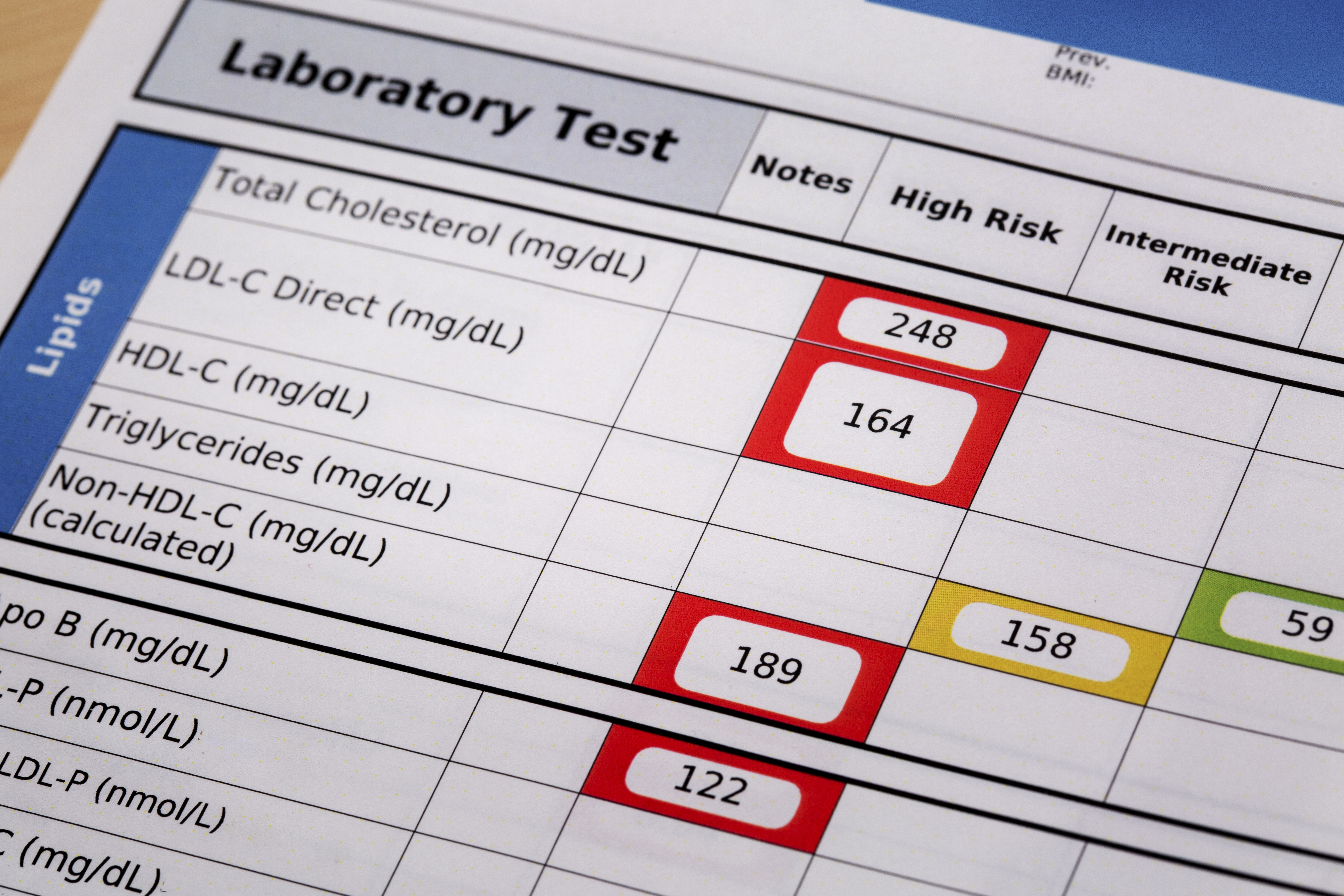Key Points:
- Olezarsen is an antisense oligonucleotide which targets messenger RNA for apolipoprotein C-III (APOC3), a lipoprotein which up-regulates triglyceride levels.
- BRIDGE-TIMI 73a was a phase 2b randomized, placebo-controlled trial designed to study the efficacy and safety of olezarsen. A total of 154 individuals with moderately elevated triglycerides and cardiovascular risk factors or severely elevated triglycerides were enrolled and randomized to monthly olezarsen or placebo.
- At a 6 month follow up, olezarsen significantly reduced triglyceride levels as compared to placebo.
Elevated triglycerides are associated with an increased risk cardiovascular events and pancreatitis. Apolipoprotein C-III (APOC3) is primarily synthesized in the liver and increases triglyceride levels. Prior genetic analyses have demonstrated that loss of function mutations in APOC3 result in both lower triglyceride levels and lower cardiovascular events, suggesting APOC3 as a potential drug target to reduce cardiovascular disease. Olezarsen is an antisense oligonucleotide which targets messenger RNA for APOC3 and has been evaluated in phase 1 and small phase 2 trials. The purpose of the BRIDGE-TIMI 73a trial is to investigate the efficacy and safety of olezarsen among individuals with moderate hypertriglyceridemia and elevated cardiovascular risk or severe hypertryiglyceridemia.
BRIDGE-TIMI 73a is a phase 2b, randomized, double-blind, placebo-controlled trial in which 154 individuals from 24 sites in North America were enrolled. Participants were randomized to either 50 mg or 80 mg of monthly subcutaneous olezarsen or placebo. The primary outcome was the percent reduction in triglyceride level from baseline over 6 months. Secondary outcomes were changes in APOC3, apolipoprotein B, non–high-density lipoprotein (HDL) cholesterol, and low-density lipoprotein (LDL) cholesterol. Safety endpoints included liver transaminase levels, renal function, and platelet count. Individuals were enrolled in the trial if they had either moderate triglyceride levels (150-500 mg/dL) with cardiovascular risk factors or severe hypertriglyceridemia (500 mg/dL or greater). Individuals were excluded if they had a new diagnosis of diabetes mellitus, poorly controlled or severe diabetes mellitus, a recent acute coronary syndrome, cerebrovascular event, or arterial revascularization, recent acute pancreatitis, or hepatic or renal laboratory abnormalities.
The median age of participants was 62 years old and 42% of trial participants were women. The median triglyceride level was 241.5 mg per deciliter. Both the 50-mg and 80-mg doses of olezarsen reduced triglyceride levels at 6-months compared to placebo (by 49.3% and 53.1% respectively, p<0.001). Participants randomized to the treatment groups also had a reduction in APOC-III level, apolipoprotein B, and non-HDL cholesterol. There was no significant change in LDL cholesterol level. At 6 months, 85.7% and 93.3% of participants receiving 50 mg and 80 mg of olezarsen respectively achieved a triglyceride level of less than 150 mg/dL, compared to 11.8% of those receiving placebo. Elevations in amionotransferase levels were more common among individuals randomized to olezarsen however elevations greater or equal to 3 times the upper limit of normal were uncommon. Mild thromboctyopenia was more common among olzarsen receiving patients but there were no cases of severe thrombocytopenia. The risk of serious adverse events leading to drug discontinuation were similar in the treatment and placebo groups.
The authors concluded that olezarsen significantly reduces triglyceride levels to a greater extent than currently available triglyceride treatments.




